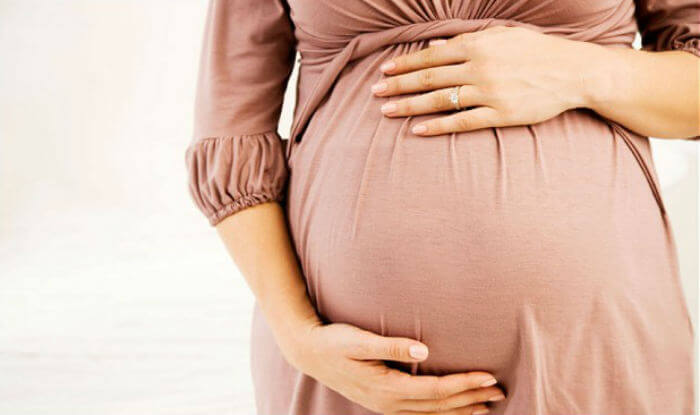What is diverticulitis?
Diverticula are small, bulging pouches that can form in the lining of the digestive system. They are mostly found in the lower part of the large intestine (colon). Sometimes however one or more of the pouches become inflamed or infected. This condition is known as diverticulitis and can cause severe abdominal pain, nausea, fever and changes in the bowel habits. Diverticula are common especially after the age of 40 and seldom cause problems. Diverticulitis is the inflammation or infection of these small pouches. The formation of these small pouches in turn is known as diverticulitis.
Diverticulitis is one of the most frequent bowel emergencies with acute abdomen.
A Guide for Diverticulitis During Pregnancy
Symptoms of diverticulitis
Diverticulitis may be acute or chronic. The acute form can manifest itself with one of more severe attacks of infection and inflammation. In chronic diverticulitis, the inflammation and infection may subside but they never completely clear up. Some of the symptoms to look for in diverticulitis are mentioned below.
- Pain which may be constant and persist for several days.
- Nausea and vomiting
- Fever
- Abdominal tenderness
- Constipation
- Diarrhoea
- Increased urge to urinate
- Urinating more often or a burning sensation while urinating.
Causes of diverticulitis
Multiple factors lead to diverticulitis. Some of the risk factors are listed below.
- Low fibre diet
- Heredity
- Obesity
- Lack of physical exercise
- Smoking
- Certain medications
- Lack of vitamin D
- Sex
Risk factors
- Aging – Most cases of diverticulitis occurs after the age of 60. The risk steadily rises with age.
- Obesity – People with a body mass index of over 30 are more likely to be at risk.
- Smoking – It contributes to inflammation increasing the risk of abscesses, fistula and intestinal perforation.
- Lack of exercise – Lack of proper exercise may lead to obesity.
- Low fibre diet– This may lead to accumulation of fat and problems of excretion.
- Certain medications – These may affect the digestion system and many report of having constipation using medications.
Diagnosis of diverticulitis
Ultrasonography (US) is generally the first imaging modality used in the evaluation of acute abdomen. In diverticulitis, US demonstrates inflamed diverticulitis as a noncompressible outpouching of a bowel wall with thickened and hypoechoic wall often containing an obstructive fecalith at the ostium.
The doctor may ask about the symptoms, health history, and the medicines taken. A physical examination will be done to check the abdomen for tenderness. Other tests may also be done.
- Blood tests to check for kidney and liver problems.
- Urine and stool tests to check for different types of infections.
- Pelvic examination to check for gynaecological problems in women.
- Pregnancy test for women.
Treatment for diverticulitis
The doctor may prescribe antibiotics to treat any kind of infection. However they are not necessary in all cases of diverticulitis. He or she may also recommend a liquid diet or low fibre diet.
Negative effects of diverticulitis
Some of the complications caused by diverticulitis may be serious and life threatening. They often require surgery.
- Perforation and peritonitis – It is secondary to severe inflammation of bowel wall layers with subsequent necrosis and loss of intestinal wall integrity. It occurs if the infected pouch ruptures. It is a medical emergency and requires immediate care.
- Abscess and phlegmon – Phlegmon is detected as an inflammatory mass with heterogeneous contrast enhancement adjacent to diverticulitis while abscess manifests a located fluid collection contains air. This happens when pus collects in the pouch.
- Pyle phlebitis[1] – It is also called ascending septic thrombophlebitis and is a rare intra abdominal infection. It is characterized by infective supportive thrombosis of either the portal vein or it’s branches or both. Diverticulitis is the most common underlying cause.
- Fistula – It is an abnormal passageway between sections of bowel or bowel and bladder. They occur when a diverticulitis abscess breaches the wall integrity of the adjacent anatomic structure. Colovescial fistula present with free air in the bladder with the thickening of the adjacent bladder wall.
- Intestinal obstruction – It is a blockage in the colon or small intestine caused by scarring.
- Severe bleeding – This may also occur require blood transfusion.
Besides the usual signs and symptoms, in the course of the diverticulitis several unseen complications may also be seen. The ones detailed above may be counted among the unusual complications. Sonography is the first preferred imaging study in diverticulitis. Doctors should be cognizant of the complex unusual complications of acute diverticulitis as they may need a multi disciplinary approach in their treatment.
Prevention of diverticulitis
To prevent diverticulitis in the first place itself one must abide by the tips listed below.
- Regular exercise – It promotes normal bowel function and reduces pressure inside the colon.
- Fibre rich diet – They soften waste materials and helps it pass more quickly through the colon.
- High amount of fluids – Fibres require a lot of water to make the waste soft and easy to pass. Less amount of liquid can cause constipation.
